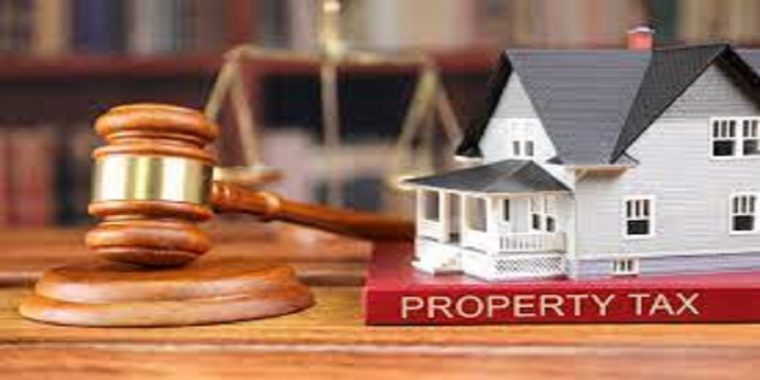Bringing vacant properties back into use may be expensive, especially if extensive renovations are necessary. Domestic building work, including repair, maintenance, and upgrades, is often taxed at the regular vat rate of 20%.
In some cases, VAT on construction works is taxed at a lower or even zero-rated rate. It is critical essential you understand them if you wish to repair an empty house.
Builders are typically unaware of the various VAT rates that may apply, which may result in you spending more than you need to. Overpayments could be difficult to recover.
VAT – residential properties empty for at least two years
Renovations and improvements to residential buildings that have been vacant for at least two years will be eligible for a reduced 5% VAT rate beginning January 1, 2008. This includes labour and materials used for repairs, alterations, garage constructions, and hard landscaping.
HMRC will demand evidence that the property has been unoccupied for more than two years. HMRC recommends that the builder get evidence from the Local Authority’s ’empty properties’ officer; however, many Local Authorities do not have an empty properties officer. Copies of council tax documents or the electoral roll demonstrating that the property has not been occupied for more than two years are also acceptable proof.
To reduce VAT paid, carefully analyse who supplies materials, and it will typically pay to work with a VAT-registered builder, since the savings of 15% material provided and fixed (Labour and materials) will usually outweigh the savings of 20% VAT on labour.
VAT – Conversion of non-residential properties empty for ten years or more
Once the property is sold, a developer or property owner can reclaim any VAT paid on the refurbishment of a structure that has been vacant for 10 years or longer. If the house owner keeps the property for private residential use, they can claim the VAT under the DIY Builders Refund Scheme available from Customs and Excise.
A ‘non-residential conversion’ occurs when one of the following occurs –
The building (or part) being converted has never been used as a dwelling or number of dwellings for a ‘relevant residential purpose,’ or the building (or part) has not been used as a dwelling or number of dwellings for a ‘relevant residential purpose’ in the 10 years prior to the sale or long lease.
Examples of a ‘non-residential conversion’ include the conversion of –
Commercial into residential use
A farmhouse conversion or an office converted into flats are simple examples of commercial buildings being converted into residential use. HMRC has agreed that a residential property that is converted to commercial use and then converted back to domestic use qualifies for the reduced rate of 5%.
VAT and the installation of certain energy efficiency measures
Additionally, reduced VAT rates apply to a variety of building activities, such as installing energy-saving measures, adapting a property for a disabled person, or converting a non-residential building into a residence.
The installation of certain designated energy-saving materials in residential accommodation is subject to a reduced VAT rate.
The reduced rate applies to installation of:
Change in the number of dwelling units
When renovation work on a residential property results in a change in the number of housing units-for example, splitting a home into flats or merging two small cottages or a number of flats into a single residence-the work is eligible for a 5% VAT reduction. Bringing vacant properties back into use may be expensive, especially if extensive renovations are necessary. Domestic building work, including repair, maintenance, and upgrades, is often taxed at the regular vat rate of 20%.
In some cases, VAT on construction works is taxed at a lower or even zero-rated rate. It is critical essential you understand them if you wish to repair an empty house.
Builders are typically unaware of the various VAT rates that may apply, which may result in you spending more than you need to. Overpayments could be difficult to recover.
Originally posted 2022-08-04 16:26:20.

